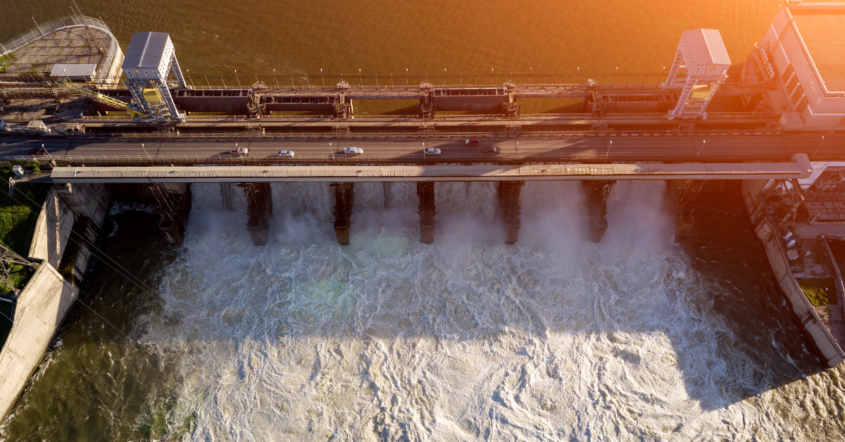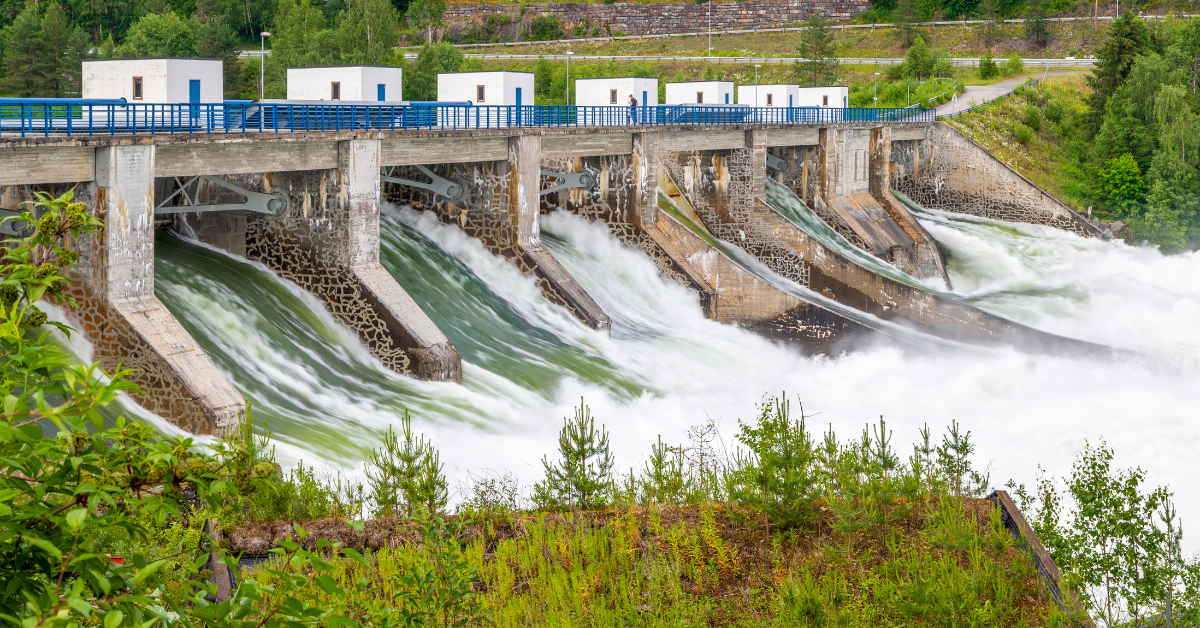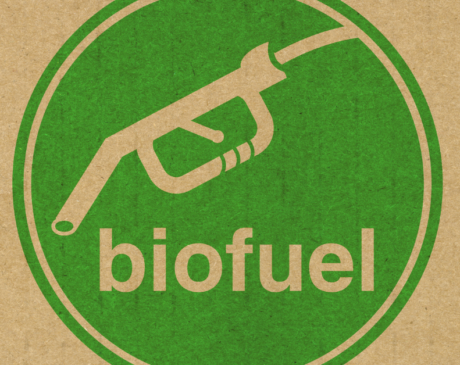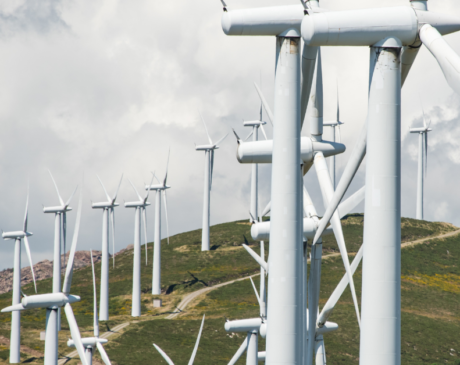Hydropower Generation: Why Is It So Beneficial?

In our current era, an increasing number of individuals are voicing concerns and turning their attention to the critical quest for sustainable energy sources that can meet global energy needs. It has become widely recognized that our reliance on fossil fuels is no longer a viable long-term solution.
This realization has been further exacerbated by the escalating and undeniable threats posed by climate change. In light of these pressing global issues, the multitude of advantages associated with harnessing hydropower generation emerges as a compelling and pivotal solution for our energy demands.
The Powerhouse of Hydropower Generation
Hydropower, often referred to as hydroelectric power, presents itself as a remarkable method of energy production that comes with a myriad of benefits.
This methodology revolves around the capture of energy generated by the movement of water downstream and the broader water cycle. Key factors influencing the energy harnessed from hydropower include the volume of flowing water and the variation in elevation as water descends.
In certain cases, the kinetic energy of water is harnessed to power turbines within hydropower facilities, while other systems are designed to store water and release it on demand to generate energy.
Notably, in the United States, hydropower takes the lead as the nation’s largest single source of renewable electricity.
Below, we outline some of the benefits associated with hydropower generation:
The Enduring Renewability of Hydropower
One of the foremost benefits frequently extolled in favor of hydropower generation is its inherent status as a renewable resource. This attribute derives from the perpetual cycling water system, which showcases a natural, renewable energy cycle.
This process initiates with the sun’s energy heating the water present on the Earth’s surface, encompassing lakes, oceans, rivers, and other water bodies.
This thermal energy triggers a transformation, converting the water into vapor, transitioning it from a solid or liquid state, contingent upon its initial form. Subsequently, this water vapor condenses to form clouds, ultimately returning to the Earth’s surface as rain or snow. This collected precipitation then feeds into streams and rivers, merging with lakes and oceans.

Although this natural cycle persists across the globe, the amount of precipitation an area typically experiences significantly influences the electricity generation potential of hydroelectric power.
Nevertheless, researchers have made significant headway in pinpointing optimal locations for hydropower installations. For example, scientists at the University of Leicester in Great Britain have developed an extensive data system that aggregates information from nearly 30 sources to identify the most suitable rivers for hydropower projects.
Mitigating Carbon Footprint
Another well-established advantage of hydropower is its relatively smaller carbon footprint compared to other methods of energy generation. However, until recently, scientists grappled with the challenge of reliably quantifying the greenhouse gas emissions associated with dams used for hydropower.
Notably, a Canadian research team has introduced innovative technologies designed to measure methane and carbon dioxide emissions at hydropower sites with remarkable precision.
In their research endeavors, one instrument is capable of taking emissions measurements at three-minute intervals, while the other performs this task three times per hour.
The research team embarked on this study with the understanding that Quebec, Canada, is planning to inaugurate four new hydropower plants along the Romaine River. Their ultimate aim is to harness the collected data to yield more accurate and nuanced insights into how hydropower’s carbon footprint compares to alternative energy options.
This heightened level of precision holds the potential to attract increased funding for similar projects in other regions, following the example of countries such as Iceland, Norway, and Austria, which have already embraced hydropower and experienced positive outcomes.
Cost-Effective Construction and Economic Benefits
When deciding on the types of power plants to construct, planners are invariably tasked with considering both short-term and long-term requirements. Among the myriad factors influencing their choice, the cost-effectiveness of a particular option over time holds considerable weight.
Furthermore, hydropower offers the advantage of more economical operation compared to other energy generation facilities.
This is due to the substantial reduction in maintenance and operational expenses resulting from the absence of fuel requirements. Notably, the infrastructure has a lifespan of at least a century, ensuring long-term sustainability.
Moreover, economic benefits can stem from the tourism associated with hydropower plants. For instance, Ireland’s Ardnacrusha Power Plant in County Clare opens its doors to tours, providing a tangible illustration of the potential economic stimulus that this form of energy production can offer.
School groups visiting such facilities may later patronize nearby restaurants, and local establishments might offer discounts to tourists who have explored the hydropower facility.
Embracing Technological Advancements
With the ever-evolving landscape of technology, it becomes imperative for professionals to remain vigilant and adapt hydropower plants to leverage these innovations.
General Electric, a leader in the industry, is actively engaged in retrofitting projects across many of its hydropower facilities. A notable example can be found in Switzerland, where conventional turbines have been replaced with cutting-edge variable-speed models.
This technological advancement empowers operators to fine-tune energy consumption and grid contributions, offering greater control over stored energy and enabling effective management of grid fluctuations.
It is worth noting that while these upgrades entail substantial costs and time investments, they exemplify the substantial benefits that can materialize when companies enhance hydropower plants, equipping them to meet the energy needs of the future.

Balancing the Imperfections of Hydropower
It is paramount to recognize that, like any energy source, hydropower generation is not without its drawbacks. One notable concern revolves around the substantial impact that hydropower dams can have on the natural ecosystems in their vicinity, particularly with regard to fish migration.
Alterations in water temperature and flow, induced by hydroelectric power equipment, can have cascading effects that affect both the local human population and wildlife.
These drawbacks should not overshadow the positive attributes of hydropower but serve as a reminder of the necessity to conduct comprehensive research, carefully weighing both the merits and demerits before fully embracing any energy solution.
In conclusion, hydropower emerges as a potent and sustainable source of energy, albeit with its complexities and challenges that merit thoughtful consideration and responsible management for a greener and more sustainable future.



